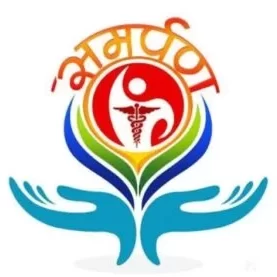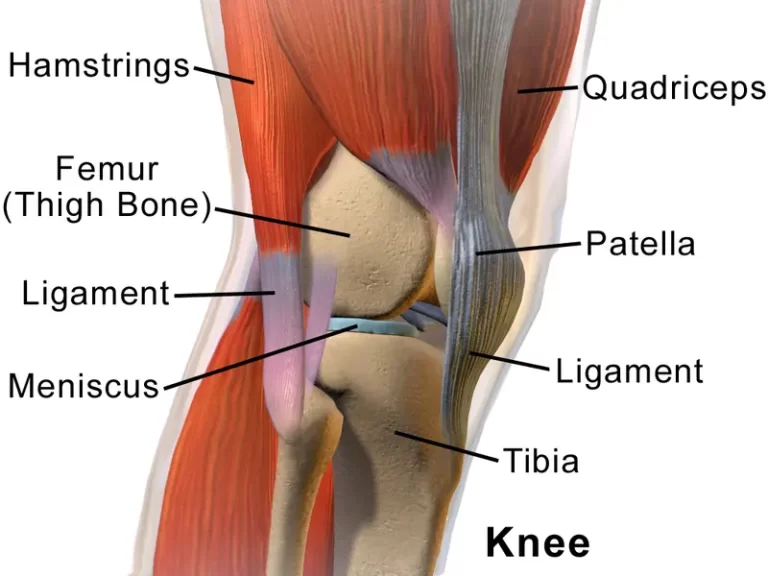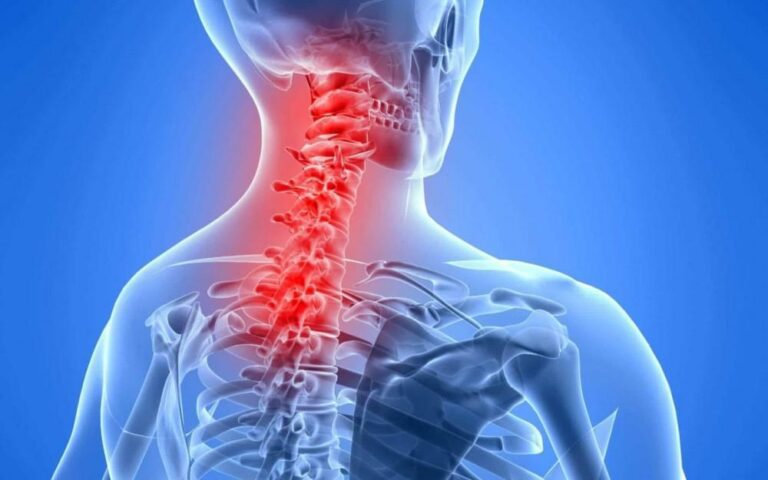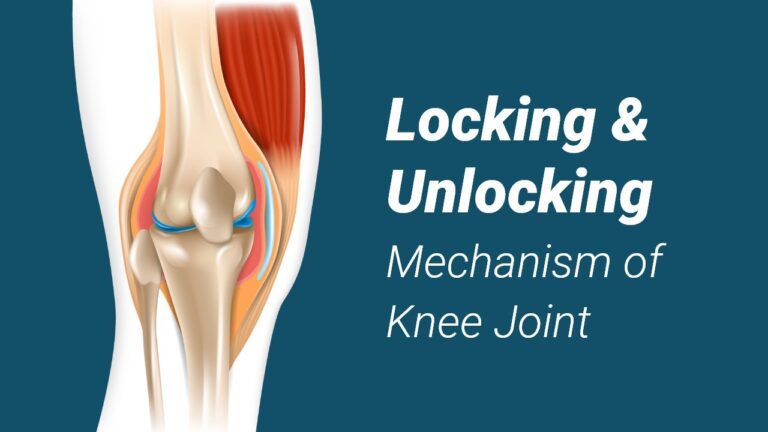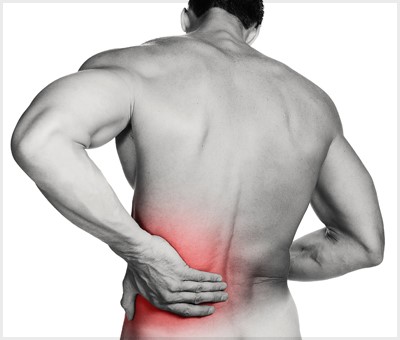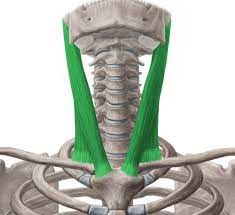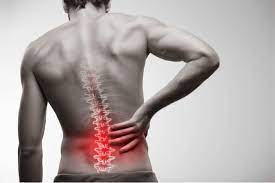Knee joint with muscles
The knee joint with muscles plays an important role in the functioning of knee movement, such as quadriceps, Hamstring are the main muscles of knee joint which helps to perform day-to-day activity like walking, sitting to stand, running, and stair climbing. What is the knee joint? Articular surfaces The joint capsule, ligaments, and menisci of…
